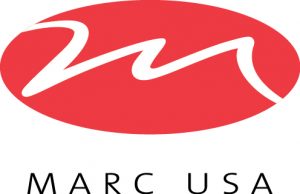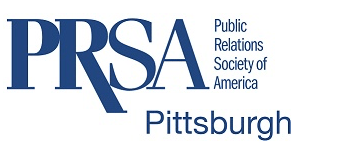PR: Innovation in the Age of Convergence

By Jerry Thompson, EVP, Public Relations Director at MARC USA
[ This is a post from our 2017 Renaissance Awards event sponsor, MARC USA, one of the largest independent marketing communications agencies in the country with offices in Chicago, Miami and Pittsburgh. ]
In the wake of an emotional election process and a public dialog marked by incessant scandal-mongering, the public relations profession’s leading voices are wrestling with the concept of “fake news.” However, from this counselor’s view, fake news is old news – not because we so quickly these days move on to the next thing, but because it’s always been the practitioner’s role to advise for accuracy and authenticity in the client’s information and storytelling. In a world where publishers and media channels have been exposed for placing the revenue from clicks or commercial or political gain above accuracy and truth, it’s imperative that PR people use their unique storytelling sense and professional judgment to deliver credible content on behalf of our clients. And that we encourage critical thought so that messages, stories and opinion that violate standards of transparency and truth are seen for what they are: self-interested attempts to manipulate the public.
So what IS newsworthy in the PR profession? Let’s back into it with a review of what’s NOT news: it’s not stakeholder segmentation, or aligning with “influencers” — whether they be industry analysts, bloggers or simply prolific publishers or social media mavens. It’s not behavioral science research methods, which have been used for decades to illuminate the influences on judgment and decision choices, such as how to get people to stop smoking. Traditional media relations by definition is not new, nor is sponsoring/promoting content in social and digital channels, or using analytics to measure and refine marketplace engagement — almost as it happens. And it’s certainly not content or content marketing – PR pros have always been in the business of earning attention with information packaged for easy, impactful consumption, and stories told creatively and compellingly enough to first earn media time or space, and then the audience’s attention.
So here’s what I think IS news: designing communication and marketing programs that converge these evolving tools. We can use decision science to understand more fully and precisely how stakeholders perceive risk around a proposition – whether it’s a new product, a pipeline project, or a company’s leadership changing its strategy to capture new opportunities. With those insights, and the knowledge gained from segmenting and analyzing target groups, we can craft and deliver information and stories that enable people to understand and assess facts for themselves. And we will improve our ability to do that by accounting for the context that is their personal experiences, opinions, emotions and preferences, all of which will influence their judgment and behavior choices.
This can be the foundation of strategic and measurable stakeholder engagement that is the essence of PR’s value. On it, we can build distribution programs across news, entertainment and social channels that enable our clients’ stories to find audiences, and those audiences to search for and find the clients’ stories and other information with which we want to connect them.
PR has always been the discipline asserting responsibility for helping clients establish and build trusted relationships, and ultimately align – as much as possible – the interests and value exchanged between an organization and its stakeholders. Today, we have advanced digital media and other methods with the potential to make us more effective business partners than ever. This where we can make real news, and continue advancing the value PR delivers in a world where fake news is just the latest of many challenges to the trust, transparency and authenticity on which great brands are built.
Jerry’s decades of diverse career experiences enable him to provide trusted counsel across a range of industries and brands, and includes work in both corporate communications and consumer marketing. As a client counselor and strategist for leading agencies Burson-Marsteller, Ketchum and MARC USA, Jerry has helped drive measurable communications across the evolving media channel spectrum on behalf of premium brands such as The Home Depot, Mitsubishi Nuclear, Peoples Gas, Rite Aid, Chevron, Delta Air Lines, Miller Brewing, Heinz 57, StarKist and Georgia-Pacific, among others. He launched Ketchum Energy, a global practice, helped MARC USA’s establish its Mental Models research methodology, and has deep public affairs, issues management and crisis response experience. Jerry is a multiple winner of PRSA’s Silver Anvil award.




Leave a Reply
Want to join the discussion?Feel free to contribute!